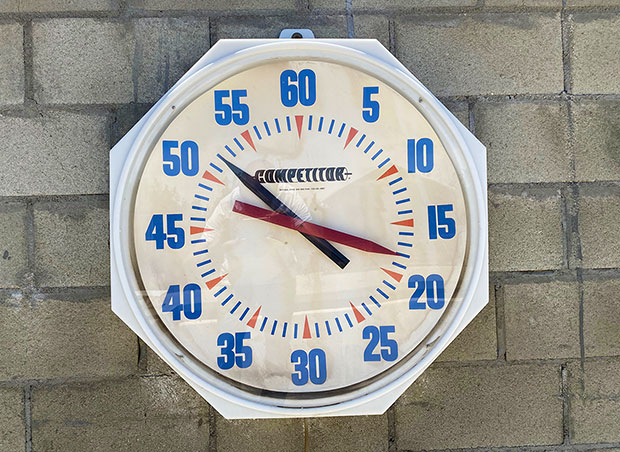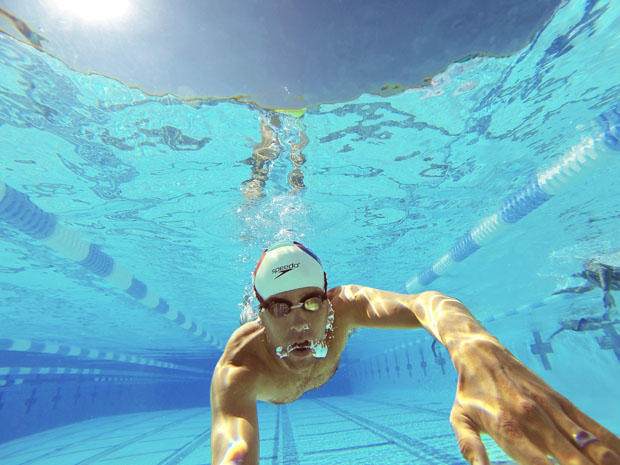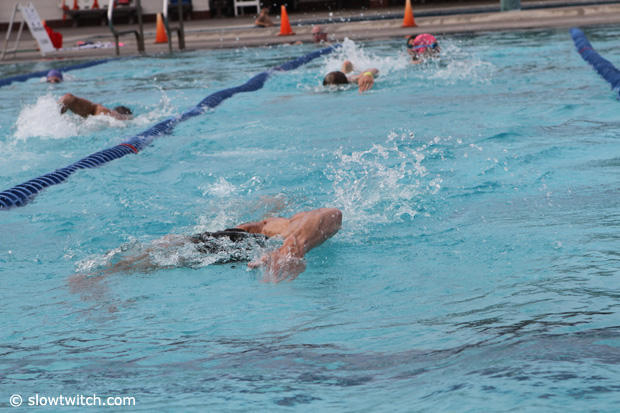Guppy Challenge Week 3
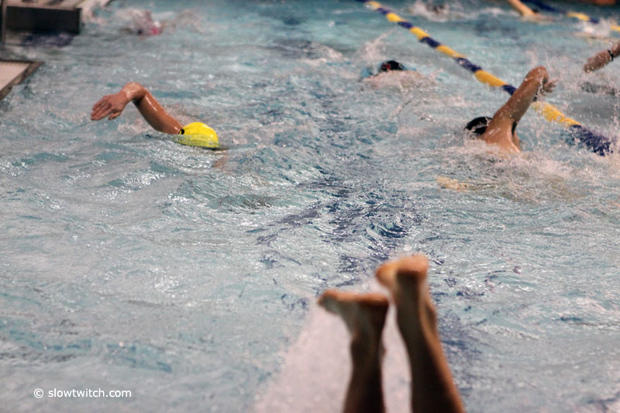
It’s notoriously hard for good swim coaches to understand the problems we face, because they don’t encounter our problems when they coach lifelong swimmers who “speak” swimming as a first language. Please let me expand on that analogy.
What we have, as adult onset swimmers, is an accent. You can tell someone who comes from another county by his or her accent. Native speakers don’t have accents. Everybody speaks perfect accentless English or Spanish or French, “perfect” being the way people in those regions of those countries talk. The great majority of newcomers to a country or region speak that second language with an accent, and typical swim coaches are like English teachers (if it’s an English-speaking country). They’re teaching English and grammar to those who’re learning English as a first language. If your goal is to make someone talk like a native, you don’t need an English teacher. You need a dialogue coach.
The reason the late Doug Stern was such a huge success in the triathlon community is that he was a dialogue coach for us. He didn’t speak to us using a vocabulary we didn’t understand – that vocabulary coming from the world of swim. He learned to speak to us as would a dialogue coach teaching people who could “speak” swimming fluently, just with pronounced accents. Those “accents” are what kept us from swimming IRONMAN swims in under an hour. We weren’t going to drown. But we weren’t going to win either. We weren’t going to get the part in the movie, because the character in that movie didn’t speak with an accent.
If you’re a top swim coach to triathletes, like Tim Floyd or Gerry Rodrigues, your job is to meet triathletes where they are and to be their dialogue coach. (That's also our job in the Guppy Challenge.) But it is much harder to coach the dialogue out of someone than it is for them to learn to speak using normal children’s pathways, and this is why it’s so hard for triathletes who come to swimming late to become really good swimmers. It also explains why we listen and read what great swim coaches say and write and we have no idea what they’re talking about.
I did find some resources for you as I hunted around the web this week, and let’s see if we can bridge that gap a little. This is the Guppy Challenge, which we produce here in partnership with FORM, and the workouts for this week are embedded in their goggles, or you can read and download them here. As I wrote earlier in the month, the leave interval is a thing specific to swim and it flows to us because of the inconvenience of the pool clock. You can’t stop the pool clock. That’s the main reason for the leave interval. The FORM goggle unchains us from the pool clock and that’s why the “prescribed” interval I give you must be translated to the appropriate leave interval. For more on all the swim nomenclature (because swim coaches are famous for assuming we understand all their terms of art) I found this cheat sheet that’s pretty good at decoding some of that insider vocabulary.
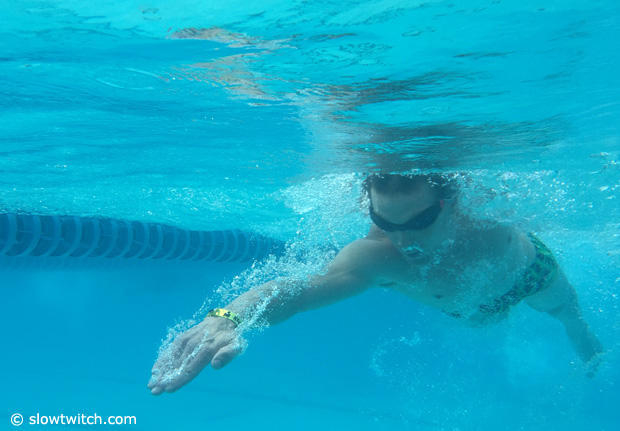
The next resource is a video from Effortless Swimming that’s about over-rotation, but in that video is a kicking drill. The swimmer is kicking with fins, no kickboard, one arm outstretched. I like this drill because it’s hard to do it with a bad posture. It’s an anti-over-rotation drill, okay? But I see it as a kind of breathing drill, that is to say, I see this as a drill that teaches you how to breathe without pulling your body out of line.
Remember last week I wrote about the body rolling, like a log. Imagine a bullet from a gun. In order to get that bullet to shoot straight, about 500 years ago gunsmiths began to introduce “rifling” into the barrels of their guns, as opposed to the traditional smooth-bore style. Rifling on the inside of the barrel caused the bullet to spin about its axis while traveling straight and true. That’s what good swimmers do, except they don't keep spinning in one direction; they spin or "rotate" to one side and then the other, while their bodies remain true. But you can rotate too much and that video linked to above, exhorting you to perform that one-armed-Superman kicking drill, is supposed to stop that.
But I think that drill also helps correct a second problem, and in yet another Effortless Swimming video we see another problem described, and this is the one I nag you guys about. In this video you can see a swimmer who’s leg’s splay. I’m on you guys about this because this is the textbook thing that adult onset swimmers do. This is your “accent.” When I say that some of you folks “jackknife at the waist” when you breathe this is what I’m talking about. The swimmer in this video is reasonably fast, so he’s got a small dose of this problem, but it’s a big enough dose that you can clearly see his leg splay, which he does to compensate for how he breathes.
I love this video! But I specifically love the first half. The second half of that video, to me, a native-language swim coach teaching native-language swim to an adult onset swimmer (which I'd bet a buck this swimmer is). This is where swim coaches drive me crazy. They spend years teaching us front-quadrant or high-elbow-anchor technique, and then they chastise it when we finally get it right. This kind of stuff is maddening to adult onset swimmers. But I digress.
Where the narrator of this video is spot on is in his identification of the reason the legs splay. This swimmer has oodles of time to be made up in the water if he just learns to breathe without bending or twisting at the waist. Why do we bend or twist at the waist like that? Because we’re afraid of drowning! (Or we were.) So, we over-exaggerate the breathing motion, or we did when we were first learning to swim competitively, at age-23, or 31, or 45. This deep-brain-stem instinct is our accent that we have to root out of our speech.
The reason I ask you to swim with a buoy, with feet close together – or even with bound ankles – is that this leg splay becomes pronounced fishtailing when we’re not allowed to splay our legs. But the drill in that first video linked to above will also work nicely.
Whenever you see drills referenced in the workouts I give you, feel free to insert your favorites among the drills I mention. Again, here are this week’s workouts (and all the workouts for the first 3 weeks). If you'd like to log your workouts using your FORM goggle, and you don't have this yet, go here and typing slowtwitch into the promo code box gets you a 20 percent discount.
If you want to do an extra credit workout, here it is. A straight swim. Let’s do 300 yards of warmup. I like just some repeat 50s here, maybe 6x50yd on a leave interval that allows you 10sec to 15sec rest. Then, 1500 yards straight, after maybe 2min of rest after the warmup. Let’s get a time on the board. We’ll try this later in the Guppy Challenge and see if we’re making some progress.



